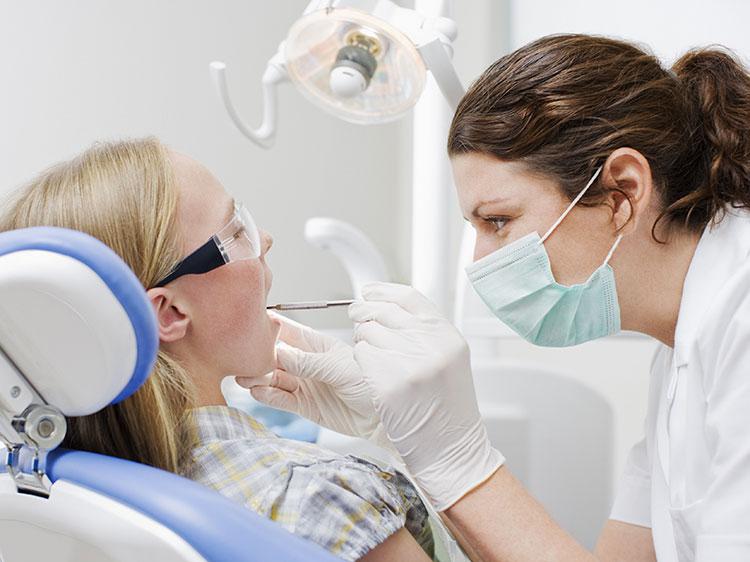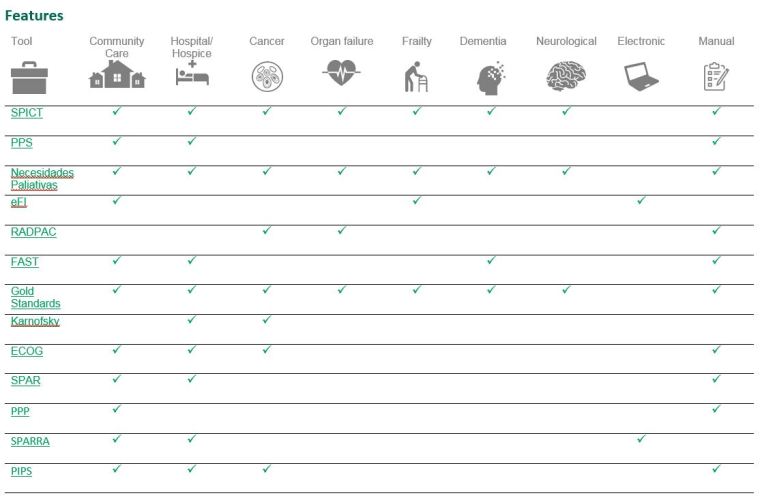
As a medical admin assistant, your job is to manage healthcare information and medical terminology. You will be able to sit for the medical administrator exam upon completion of this program. These programs are typically six to twelve month long and prepare students in entry-level administrative positions in medical offices.
Job duties
Administrative assistants are responsible for a wide range of administrative tasks in a medical office. While some tasks are simple, others require more specialized training. One of these tasks could be billing and coding. This involves translating medical records into specific codes that can then be used to bill insurance companies. A medical administrative assistant might be primarily responsible for billing and coding in a small clinic, but may also have to handle administrative tasks such as support at the front desk.
Medical administrative assistants, depending on their employer, may perform a variety of administrative functions and duties. They report directly to the manager or doctor in the charge. You may be required to deal with insurance claims, legal matter, or other business matters. These positions often require knowledge in business and finance. It is therefore important to understand what your employer expects of you when you apply for the job.

Education requirements
A program in medical administrative assistant can help you get a job in the medical industry. This course focuses primarily on health sciences, therapeutic functions, and students learn how to file medical paperwork and medical records. This job requires exceptional communication and organizational skills. Certification is not mandatory, but many employers prefer certified associates. Some programs offer financial aid, while others can help you improve your job prospects.
High school diploma is required to be a medical admin assistant. Many employers prefer applicants who have knowledge of computers. A course in word processing is one way to increase your chances at being hired. After you finish your training program, it is likely that you will be able to receive on-the-job training.
Career prospects
To become a medical administrative assistant, you need to complete a post-secondary education. The associate's in medical assistant is the most sought-after course for this role. It teaches basic skills and office software. The course will teach you about medical law, medical ethics, billing, and medical law. This certification will help to land your first job.
Career prospects for medical administrative assistants are good, as the healthcare industry is growing faster than most occupations. CareerExplorer predicts that there will be 22 percent increase in employment opportunities between 2016 and 2026. The growth projections reflect an additional 129,000 U.S. job and the retirements of approximately 5,200 U.S citizens over that time.

Salary
Salary for medical administrative assistants can vary widely, depending on the state you live in. The average entry level salary is approximately $20 an hour. Medical assistants with less experience are less likely than those with greater qualifications to be hired. Your salary could increase as you gain more experience. You might eventually rise to the position of lead medical administrator assistant or medical officer. Those positions pay significantly more than those with lower experience.
Medical administrative assistants can choose to specialize, such as in medical billing or medical code. These positions may also be a gateway to other careers in healthcare. For example, medical assistants can choose to become Registered nurses, Physical Therapist Assistants or Paramedics. This level of training may allow the assistant to ask for a better salary package, if she so chooses.
FAQ
What are medical systems?
Medical systems have been designed to improve the quality of life and make it easier for patients to live longer and better lives. They make sure that patients receive the best possible care whenever they require it.
They ensure that the appropriate treatment is given at a timely manner. They give doctors the information they need to provide the best advice for each patient.
What is the difference of public health and health policies?
Both terms refers to the policies made by legislators or policymakers to change how health services are delivered. The decision to build a hospital can be made locally, nationally, or regionally. Similar to the above, local, regional and national officials can decide whether or not to require employers offering health insurance.
What information should I have about immunizations
Immunization is the process by which a vaccine stimulates an immune response. The body produces antibodies (immunoglobulins), to protect itself against infection after receiving the vaccine.
What are the three main goals of a healthcare system's healthcare system?
The three most important goals of any healthcare system should be to provide affordable healthcare for patients, improve outcomes, and decrease costs.
These goals have been incorporated into a framework known as Triple Aim. It is based off research by Institute of Healthcare Improvement. IHI published the following in 2008.
This framework aims to ensure that we all focus on the same goals and can achieve each goal while not compromising other goals.
Because they don't compete with one another, this is why. They support one another.
In other words, people who have less access to healthcare are more likely to die as a result of being unable or unwilling to pay. This helps to lower the overall cost of healthcare.
The first goal of providing affordable healthcare for patients is achieved by improving the quality care. It can also improve outcomes.
What is the role of the healthcare system?
The economy of any country is dependent on its health system. It helps people live longer and better lives. It also creates work for nurses, doctors and other medical professionals.
The health care system ensures that everyone can access quality healthcare services regardless of their income.
Understanding how the healthcare system works is crucial if you want to pursue a career in medicine, nursing, or any other medical profession.
Statistics
- Healthcare Occupations PRINTER-FRIENDLY Employment in healthcare occupations is projected to grow 16 percent from 2020 to 2030, much faster than the average for all occupations, adding about 2.6 million new jobs. (bls.gov)
- Price Increases, Aging Push Sector To 20 Percent Of Economy". (en.wikipedia.org)
- For instance, Chinese hospital charges tend toward 50% for drugs, another major percentage for equipment, and a small percentage for healthcare professional fees. (en.wikipedia.org)
- For the most part, that's true—over 80 percent of patients are over the age of 65. (rasmussen.edu)
- The healthcare sector is one of the largest and most complex in the U.S. economy, accounting for 18% of gross domestic product (GDP) in 2020.1 (investopedia.com)
External Links
How To
What are the four Health Systems?
The healthcare system is a complex network of organizations such as hospitals, clinics, pharmaceutical companies, insurance providers, government agencies, public health officials, and many others.
The ultimate goal of the project was to create an infographic that would help people to better understand the US health system.
These are some key points.
-
The annual healthcare expenditure is $2 trillion. This represents 17% the GDP. It's nearly twice the size as the entire defense budget.
-
In 2015, medical inflation reached 6.6%, which is higher than any other consumer category.
-
Americans spend 9% on average for their health expenses.
-
There were more than 300 million Americans without insurance as of 2014.
-
The Affordable Care Act (ACA) has been signed into law, but it isn't been fully implemented yet. There are still gaps in coverage.
-
A majority of Americans believe that there should be continued improvement to the ACA.
-
The US spends the most money on healthcare in the world than any other country.
-
If every American had access to affordable healthcare, the total cost would decrease by $2.8 trillion annually.
-
Medicare, Medicaid, private insurers and other insurance policies cover 56%.
-
People don't have insurance for three reasons: they can't afford it ($25 Billion), don’t have enough time to search for it ($16.4 Billion), and don’t know about it ($14.7Billion).
-
There are two types, HMO (health maintenance organization), and PPO (preferred providers organization).
-
Private insurance covers many services, including doctors and dentists, prescriptions, and physical therapy.
-
Public programs cover hospitalization, outpatient surgery, nursing homes, hospice care, long-term care, and preventive care.
-
Medicare is a federal program that provides health coverage to senior citizens. It pays for hospital stays and skilled nursing facility stays.
-
Medicaid is a federal-state program that provides financial aid to low-income families and individuals who earn too little to be eligible for other benefits.